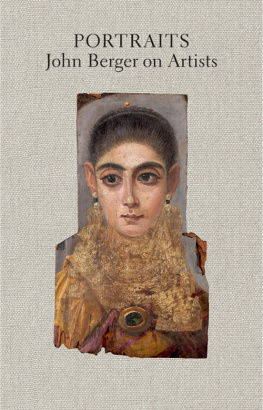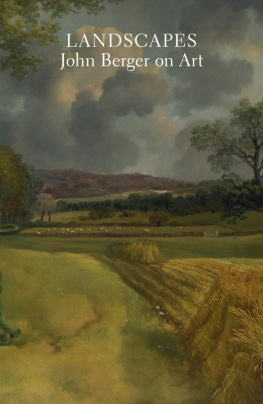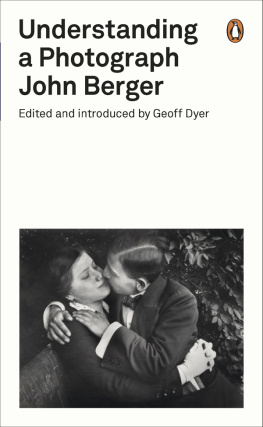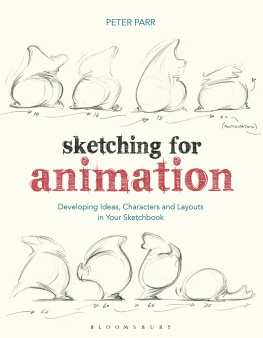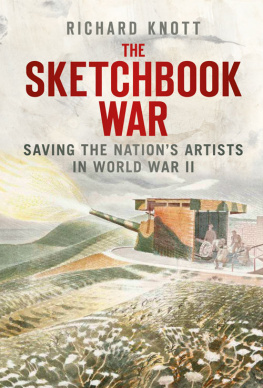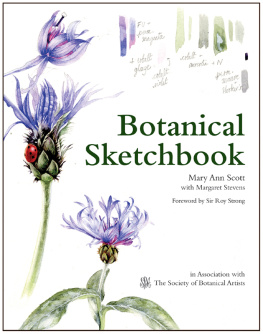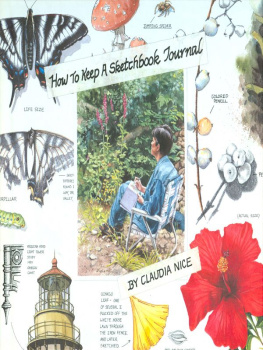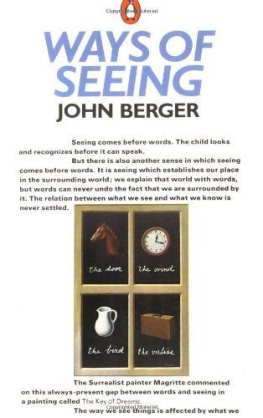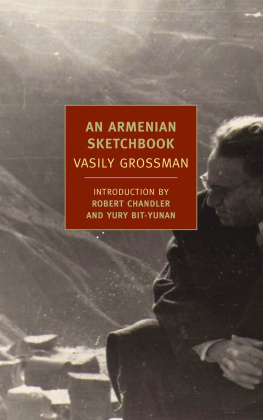John Berger - Bentos Sketchbook
Here you can read online John Berger - Bentos Sketchbook full text of the book (entire story) in english for free. Download pdf and epub, get meaning, cover and reviews about this ebook. year: 2011, publisher: Pantheon, genre: Detective and thriller. Description of the work, (preface) as well as reviews are available. Best literature library LitArk.com created for fans of good reading and offers a wide selection of genres:
Romance novel
Science fiction
Adventure
Detective
Science
History
Home and family
Prose
Art
Politics
Computer
Non-fiction
Religion
Business
Children
Humor
Choose a favorite category and find really read worthwhile books. Enjoy immersion in the world of imagination, feel the emotions of the characters or learn something new for yourself, make an fascinating discovery.

- Book:Bentos Sketchbook
- Author:
- Publisher:Pantheon
- Genre:
- Year:2011
- Rating:3 / 5
- Favourites:Add to favourites
- Your mark:
- 60
- 1
- 2
- 3
- 4
- 5
Bentos Sketchbook: summary, description and annotation
We offer to read an annotation, description, summary or preface (depends on what the author of the book "Bentos Sketchbook" wrote himself). If you haven't found the necessary information about the book — write in the comments, we will try to find it.
Bentos Sketchbook — read online for free the complete book (whole text) full work
Below is the text of the book, divided by pages. System saving the place of the last page read, allows you to conveniently read the book "Bentos Sketchbook" online for free, without having to search again every time where you left off. Put a bookmark, and you can go to the page where you finished reading at any time.
Font size:
Interval:
Bookmark:
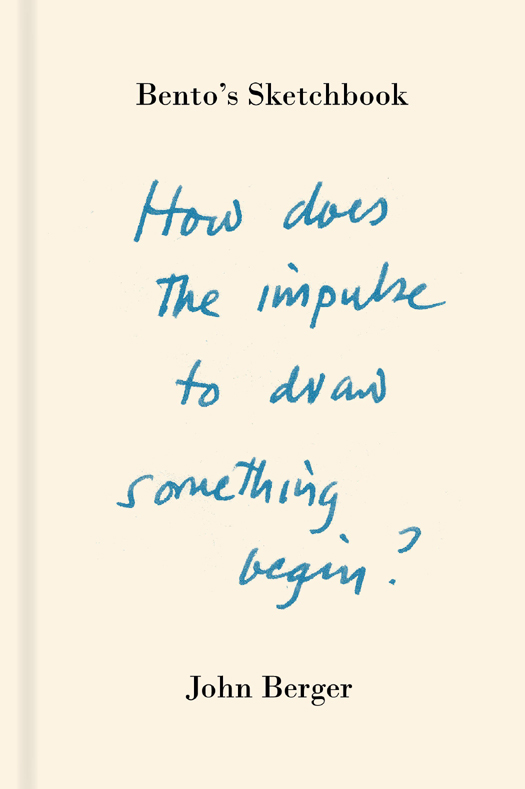

Copyright 2011 by John Berger
All rights reserved. Published in the United States by Pantheon Books, a division of Random House, Inc., New York, and in Canada by Random House of Canada Limited, Toronto. Originally published in Great Britain by Verso, an imprint of New Left Books.
Pantheon Books and colophon are registered
trademarks of Random House, Inc.
Library of Congress Cataloging-in-Publication Data
Berger, John.
Bentos sketchbook / John Berger.
p. cm.
eISBN: 978-0-307-90692-2
1. Berger, JohnThemes, motives. 2. DrawingPhilosophy.
3. Spinoza, Benedictus de, 16321677Miscellanea. I. Title.
NC242.B47A4 2011 741.942dc22 2011010841
www.pantheonbooks.com
Jacket design by Peter Mendelsund
Printed in the United States of America
v3.1
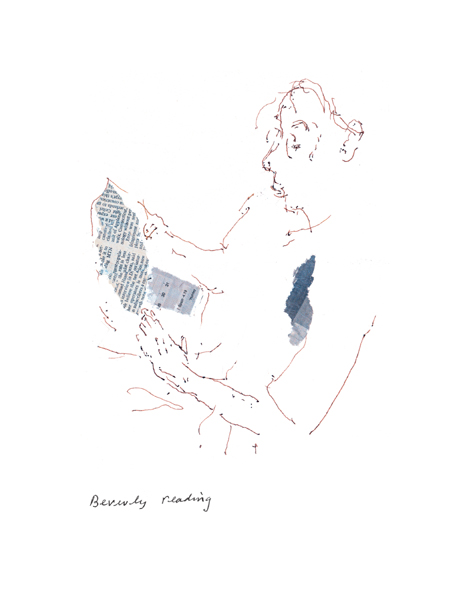
This autumn the quetsch plum trees are overburdened with fruit. Some have branches that have snapped under the weight. I cant recall another year when there were so many plums.
When ripe those purple plums acquire a bloom the colour of dusk. At midday if theres sunlight and it has been sunny for days on end you see clusters of them, the colour of dusk, hanging behind the leaves.
Blueberries are the only other fruit which are as blue, but their blue is dark and gemlike, whereas the quetsch blue is like a vivid but vanishing blue smoke. The clusters of four, five or six fruit grow like handfuls from small shoots of the trees branches. From a single tree hang hundreds of handfuls.
Early one morning I decide to draw a cluster, perhaps to understand better why I repeatedly say handful. The drawing was clumsy and bad. I begin another. Three handfuls away from the one I have chosen to draw, a small black and white snail, small as my fingernail, is asleep on the leaf it has been eating. The second drawing was as bad as the first. So I stopped and began the days tasks.
Towards the end of the afternoon I returned to the plum trees with the idea of trying, one more time, to draw the same cluster. Perhaps due to the change of light the sun was no longer in the east but the west I could not find or identify the cluster. I even asked myself whether I was under the right tree.
I moved over to the next tree, stooping under its branches, peering up. There were countless quetsch but not my handful. It would of course have been easy to draw another cluster but something in me obstinately refused. I circled under the branches of both trees again and again. And then I spotted the snail. Thirty centimetres to his left I found my cluster. The snail had changed his position but not his whereabouts. I took a good look at him.
I began to draw. I needed a green to mark the leaves. At my feet were some nettles. I picked a leaf, rubbed it on the paper, and it gave me a green. This time I kept the drawing.
Three days afterwards it was time to harvest the plums. If put in barrels to ferment for a few months, you can distil an excellent slivovitz from them. They also make good jam and are wonderful on tarts.
To harvest quetsch you either shake the trees boughs and many plums fall to the ground, or you climb up into the tree with a bucket and pick them by hand.
The trees have incipient thorns and a multitude of twigs. High in the tree, you have the sensation of crawling through undergrowth, proceeding from one small blue smoke ring to another, and gathering in the palm of your free hand, warm thumb after warm thumb. You can hold three or four, or five, not more. This is why I call the clusters handfuls. Inevitably some of the fruit roll down your wrist and fall to the grass.
When I was later on my knees picking up plums from the grass and dropping them into a basket, I came across several black and white snails, who had fallen unhurt to the ground with the fruit. I placed five of them side by side, and to my surprise it was easy for me to recognise the one who had been my guide. I made a drawing of him, a little over life-size.
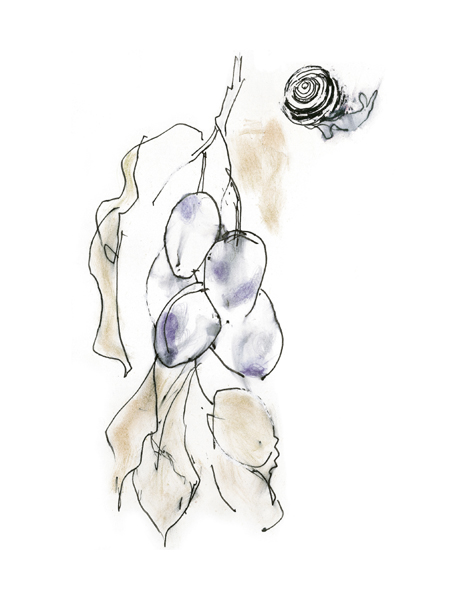
The philosopher Baruch Spinoza (16321677) generally known as Benedict (or Bento) de Spinoza earnt his living as a lens-grinder and spent the most intense years of his short life writing On the Improvement of the Understanding and the Ethics, both of which were only published posthumously. We know from other peoples souvenirs and memories of the philosopher that he also drew. He enjoyed drawing. He carried a sketchbook around with him. After his sudden death perhaps from silicosis, a consequence of his grinding lenses his friends rescued letters, manuscripts, notes, but apparently didnt find a sketchbook. Or, if they did, it later got lost.
For years now, I have imagined a sketchbook with his drawings in it being found. I didnt know what I hoped to find in it. Drawings of what? Drawn in what kind of manner? De Hooch, Vermeer, Jan Steen, Gerard Dou were his contemporaries. For a while in Amsterdam he lived a few hundred metres away from Rembrandt, who was twenty-six years his elder. Biographers suggest the two of them probably met. As a draughtsman Spinoza would have been an amateur. I wasnt expecting great drawings in the sketchbook, were it to be found. I simply wanted to reread some of his words, some of his startling propositions as a philosopher, whilst at the same time being able to look at things he had observed with his own eyes.
Then last year a Polish printer, who is a friend of mine living in Bavaria, gave me a virgin sketchbook, covered with suede leather, the colour of skin. And I heard myself saying: This is Bentos!
I began to make drawings prompted by something asking to be drawn.
As time goes by, however, the two of us Bento and I become less distinct. Within the act of looking, the act of questioning with our eyes, we become somewhat interchangeable. And this happens, I guess, because of a shared awareness about where and to what the practice of drawing can lead.
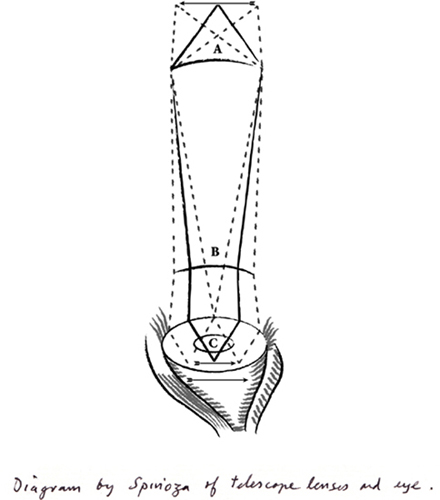
Im drawing some irises which are growing against the south wall of a house. They are about one metre tall, but, beginning to be in full bloom, they are somewhat bent over by the weight of their flowers. Four to a stalk. The sun is shining. Its the month of May. All the snow at altitudes less than 1500m has melted.
I think these irises are of a variety called Copper Lustre. Their colours are dark crimson-brown, yellow, white, copper: the colours of the instruments of a brass band being played with abandon. Their stalks and calyxes and sepals are a pale viridian.
Im drawing with black ink (Sheaffer) and wash and spit, using my finger rather than a brush. Beside me on the grass, where Im sitting, are a few sheets of coloured Chinese rice paper. I chose them for their cereal colours. Maybe later I will tear shapes from them and use them as collage. I have a glue-stick if need be. Theres also on the grass a bright yellow oil pastel, taken from a pastel kit made for schoolkids with the trade-name Giotto.
Font size:
Interval:
Bookmark:
Similar books «Bentos Sketchbook»
Look at similar books to Bentos Sketchbook. We have selected literature similar in name and meaning in the hope of providing readers with more options to find new, interesting, not yet read works.
Discussion, reviews of the book Bentos Sketchbook and just readers' own opinions. Leave your comments, write what you think about the work, its meaning or the main characters. Specify what exactly you liked and what you didn't like, and why you think so.

